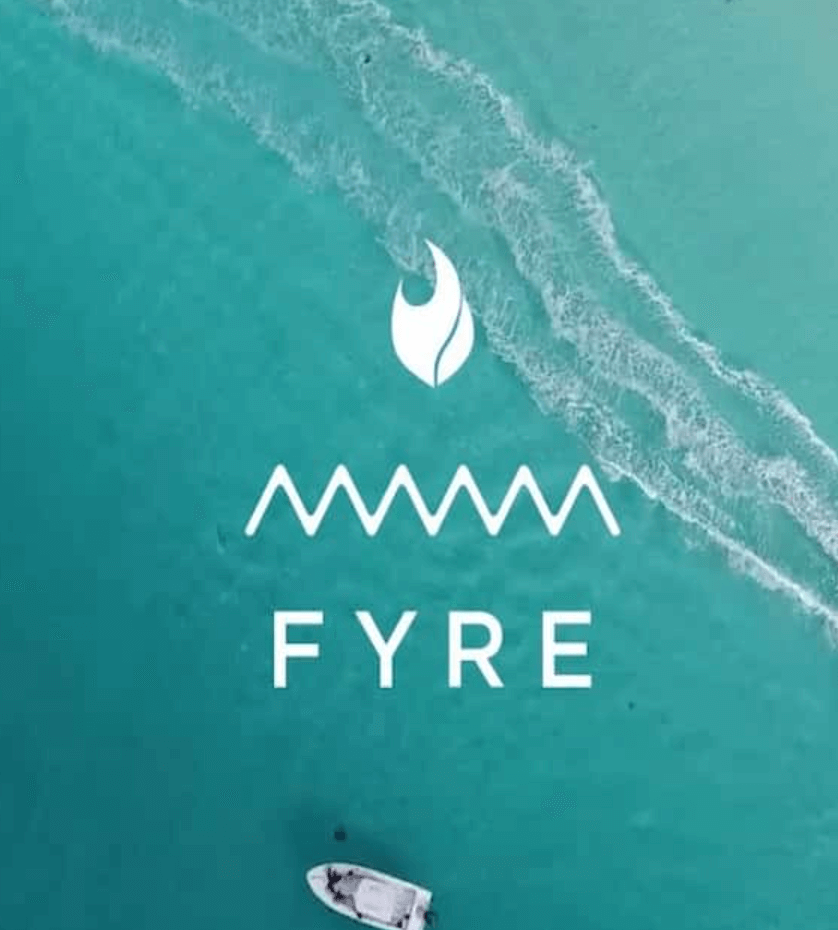Fyre Festival is now synonymous with disaster thanks to Ja Rule and the infamous Fyre CEO Billy McFarland. What was supposed to be an epic multi experiential festival for the rich and privileged turned into a lord of the flies-esque reenactment, leaving trustafarians, influencers and bloggers stranded on a Bahamian island fighting over mattresses and loo roll. This is where Influencer Marketing comes in, and boy did Fyre make some mistakes. But…the million dollar question (or the $12,000 dollar question – which was the average price of a ticket!) is – how the hell did they hoodwink everyone?
As a London digital PR agency, we would never, and we repeat, never make the mistakes the Fyre Festival did. If Mcfarland had us on the Fyre Festival PR Team, we wouldn’t even be writing this article… Anyway, keep on reading if you want to know the 3 biggest influencer marketing mistakes of Fyre Festival!
Table of Contents
What is influencer marketing?
First off – what even is influencer marketing? Influencer marketing has been embraced as one of the most effective channels for driving a higher ROI. 80% of marketers find it effective and 71% of them say that it helps them drive high-quality traffic and customers. Influencer marketing involves a brand collaborating with an online influencer to market one of its products or services. Some influencer marketing collaborations are less tangible than that – brands simply work with influencers to improve brand recognition! Influencer marketing can range from partnerships and collaborations to just sending your product to influencers hoping they will post about it! There are two main types of Influencers- Macro and Micro. It’s very simple, macro-influencers have massive reach, and typically charge thousands of dollars per post. Whereas micro-influencers, who have limited reach but higher engagement rates. And they charge just a few hundred bucks for a sponsored post.
So – let’s get into the nitty gritty of the Influencer Marketing failures of Fyre Festival.
1) Ignoring Micro-Influencers
Thanks to the rise in popularity of the micro-influencer — who have a smaller but often hold a more dedicated following and therefore a better engagement ratio. There is greater opportunity for brands to earn ROI without expending an exorbitant amount of budget as they might for a mega celebrity. Whilst they lack the name and trust element of a Hailey Bieber it can be a great way to stretch out your budget! New technologies allow for a more efficient process to work with a large set of micro-influencers, so brands can achieve scale without paying the celebrity premium. Recent Bloglovin’ research confirmed that brands and marketers are spending less per influencer marketing campaign, while still reaping favorable results. Many marketers (36%) reported spending under $5,000 per campaign. There is no telling what could have happened if the Fyre Festival coordinators had built an influencer marketing campaign based on micro-influencers, but perhaps they would have had some funds left over for better living accommodations.
2) Relying too heavily on Celebrity endorsements
Looking back at the media frenzy of Fyre Festival and the infamous promotional video with the likes of Bella Hadid and Emily Ratajowski frolicking on a white sand beach, it is clear that celebrities were the key ingredient to selling people the dream of Fyre Festival – but did they rely to heavily on this aspect? On December 12, 2016 63 influencers simultaneously posted the mysterious orange Fyre graphic on Instagram with the hashtag #fyrefest. This was done to get people talking about the festival and to boost ticket sales, Fyre co-founder Billy McFarland recruited 400 macro influencers (“Fyre Starters”) with mass followings on social media – mainly on Instagram and twitter for a coordinated influencer marketing campaign. They were offered free flights, accommodations, and tickets to the event, which ranged in price from $1,500 to $12,500 for people who were not Fyre Starters.
Perhaps the most notable endorsement from a celebrity was Kendall Jenner. She was hired by McFarland to promote Fyre and announce some of the lineup on Instagram . Once she did, almost every social media influencer out there wanted to be involved. She was supposedly paid a clean $250,000 for her post. Given that she was the sister-in-law of Kanye (who was said to be performing at the event), there was an automatic trust element with her. Ofcourse Kanye would be performing? Kendall is going to the event! Right? …Wrong! Other influencers were paid extravagantly as well—not less than $20,000 for their posts, an outrageous, budget-blowing amount to spend on influencers alone.
The biggest influencer marketing mistake of Fyre Festival is one of authenticity! As Jenner’s $250,000 paycheck for a single FYRE post shows, influencer marketing has everything to do with money and nothing to do with genuine endorsement. We don’t know exactly how much of the Fyre Festival budget was spent on Influencer Marketing, but overall Billy Mcfarland spent $26 Million dollars on fyre festival – did he really expect to get that back through ticket sales and food and beverages at the festival?
3) Violating Ads/Promo Regulations
Despite being an absolute laughable disaster and arguably the most memed music festival disaster of April that left hundreds of trust-fund babies stranded on a private Caribbean island, it’s not all fun and games. Fyre Media actually broke federal laws! Fyre Festival did not simply promote an experience that didn’t meet expectations, they committed illegal advertising per the Federal Trade Commission’s truth-in-advertising laws. What’s more, nearly all influencers involved did not disclose they were being paid to post about the event. Whilst it is possible that Fyre’s promotional efforts were done in a duplicitous “get rich quick” scheme or if the shocking results were an honest mistake resulting from terribly poor planning. The general rule of thumb, however, should be to always ensure the product being promoted holds up to every standard before promoting it, and especially before bringing other individuals on to promote it through their own channels. As long as there that #ad in the post – you’re gucci!
In conclusion, despite the devastation Fyre festival inflicted on not only the Bahamian Islands but the mental and financial health of the attendees, it has taught us marketeers a valuable lesson – with influencer marketing great power comes with great responsibility. It taught the world to be a bit more skeptical of what influencers flog you – but also made influencers weary of brands thus forcing them to 1, do their research and 2, believe in something authentically before taking the big check!
Does this mean all influencers are saints? Far from it, but it means that the erratically sudden peak of influencer marketing got the wind knocked out of it a bit, and has made for a fairer, more authentic influence. This is good for brands because it means there isn’t a reliance on a 6 figure cheque to lure in an influencer. Sometimes if your company simply aligns with their values, that is enough to get the conversation started. So thanks Billy Mcfarland! For teaching us the 3 biggest influencer marketing fails of Fyre Festival and to NEVER follow in your Fyre footsteps. Here’s to the greatest party that never happened!
If you want to make sure your brand doesn’t make the same mistakes as the Fyre Festival, be sure to sign up for our Masterclasses including our digital marketing course.

